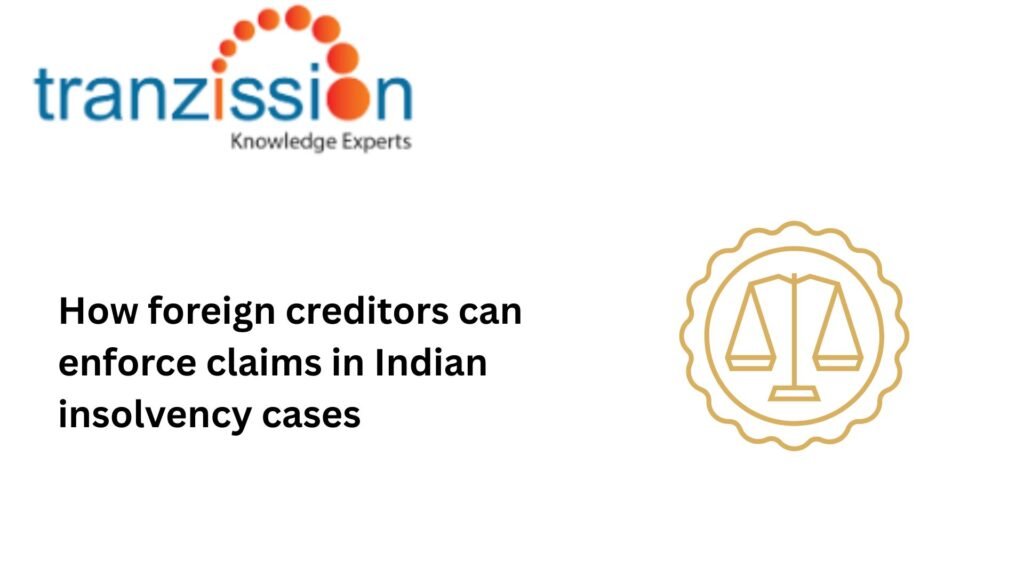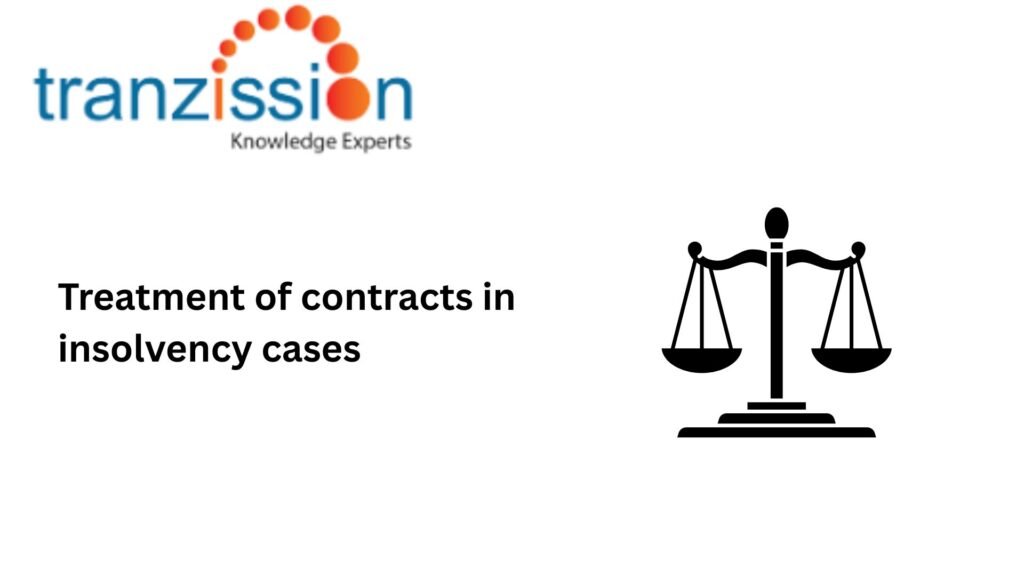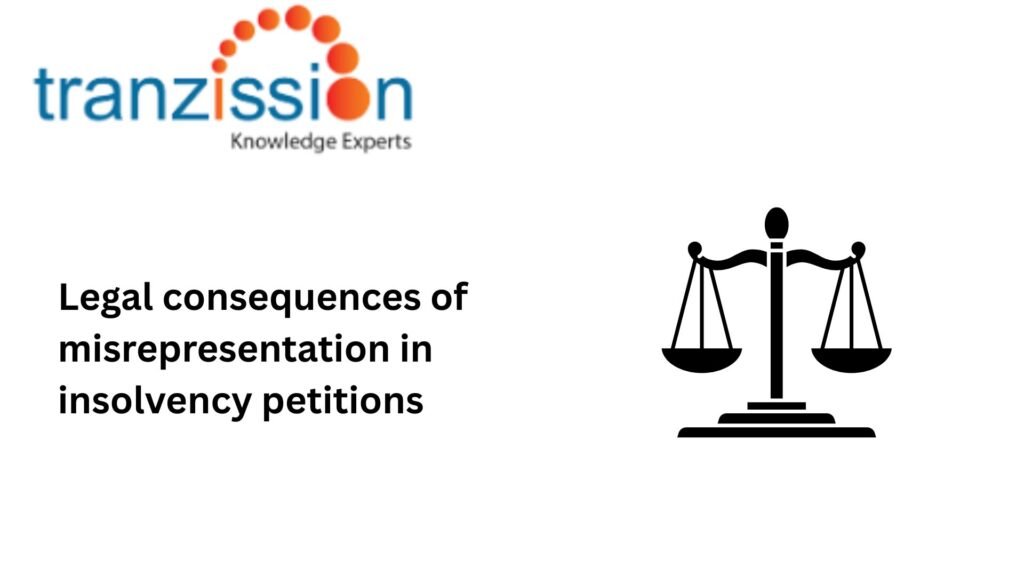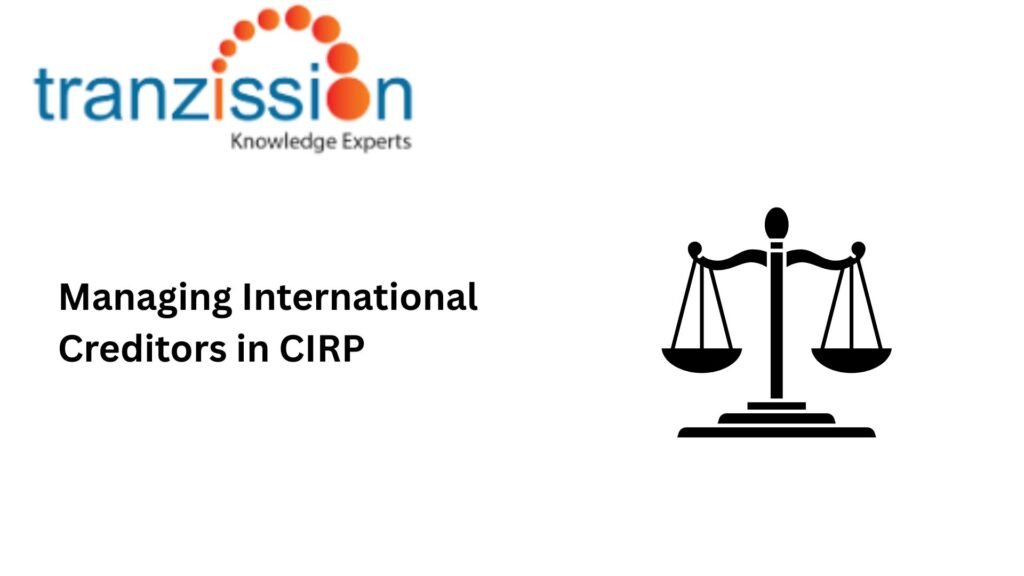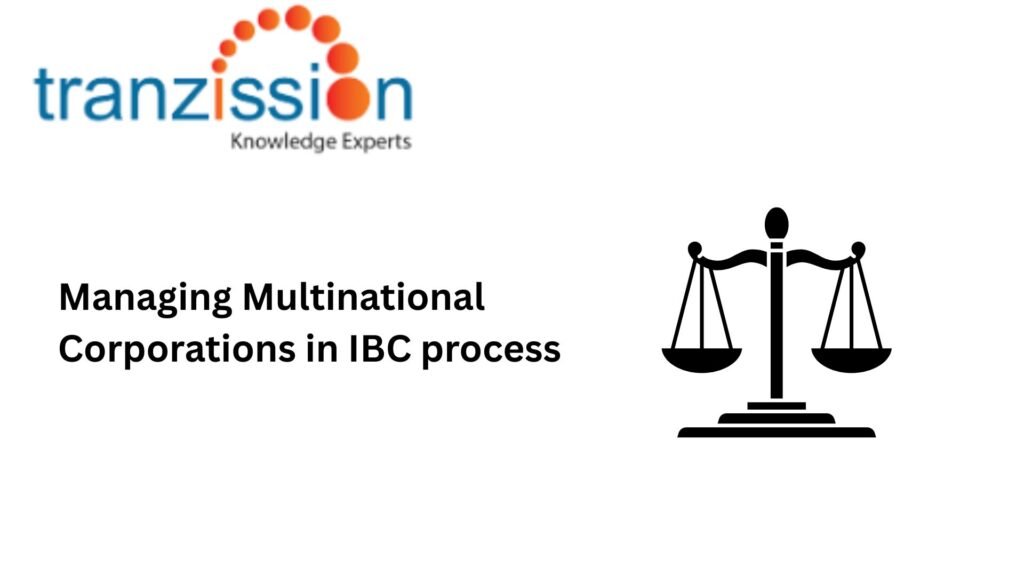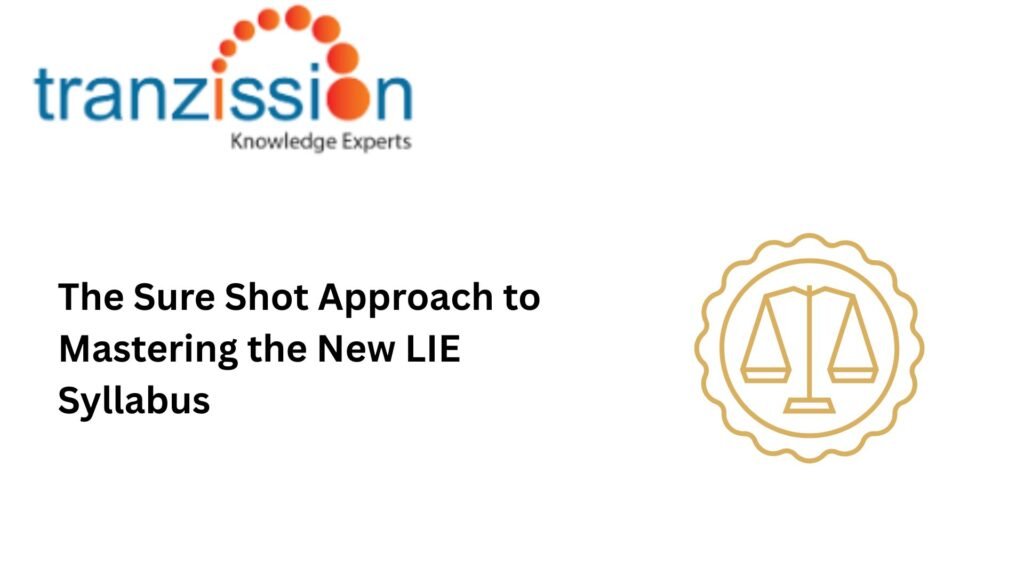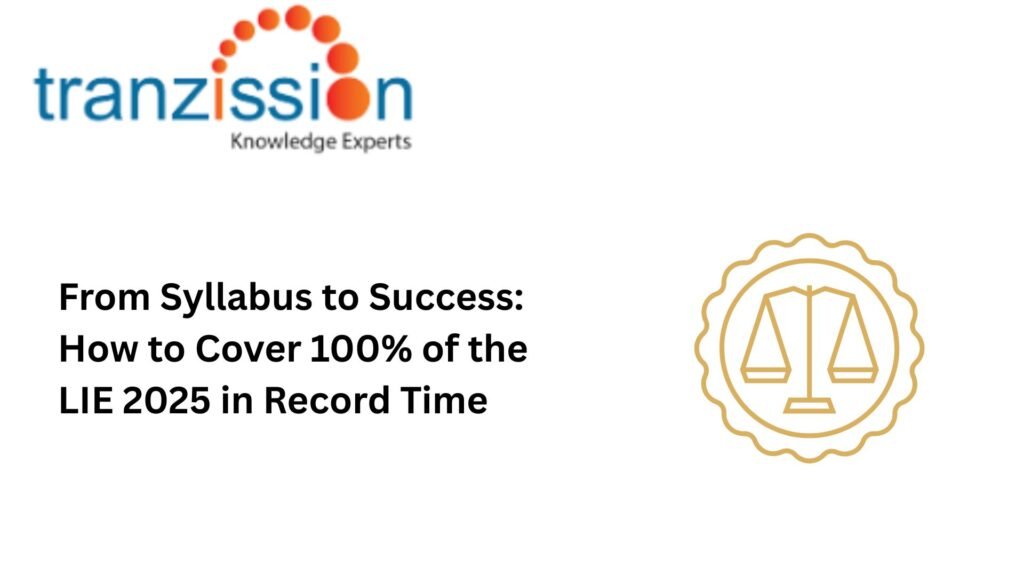How foreign creditors can enforce claims in Indian insolvency cases
The Insolvency and Bankruptcy Code, 2016 (“the IBC”) provides a mechanism for handling cross-border insolvency cases under sections 234 and 235. These sections allow the Indian Government to enter into agreements with foreign countries for enforcing the IBC and seek assistance from foreign courts in such matters. Many businesses have multiple locations outside of India, […]
The corporate insolvency resolution process (CIRP) is a structured legal framework used to resolve the financial difficulties of a company, aiming to either restructure the company or liquidate it if restructuring fails. The Order of Admission in CIRP process involves a creditor or the company itself filing an application with the National Company Law Tribunal […]
Understanding the specific details of a contract and the relevant insolvency laws is crucial for navigating the legal complexities of insolvency and contracts. The insolvency framework dictates how contracts in insolvency cases are treated affecting the enforceability and termination of agreements. This article analyses a contract’s clauses and the insolvency laws applicable in the insolvency […]
Misrepresentation in insolvency petitions involves making false or misleading statements about the debtor’s financial information, debt obligations, or other relevant facts: Misstatement of Debt or Default: A party who intentionally omits or misrepresents information, particularly if it’s relevant to the case, can be deemed to have acted with unclean hands and is not entitled to […]
Common Misconceptions About the IBC often overshadow the true purpose of the Insolvency and Bankruptcy Code, 2016 (“the IBC”), which is a comprehensive law designed to address corporate insolvency. While it’s a powerful tool, several myths surround its effectiveness and implementation. It was enacted for companies, firms, or individuals that are unable to pay their […]
Managing International Creditors in CIRP (corporate insolvency resolution process) with the same rights and obligations as domestic creditors under the Insolvency and Bankruptcy Code, 2016 (“the IBC”). This means that they can initiate CIRP and participate in the Committee of Creditors (CoC) on an equal footing with domestic creditors. Claim Submission Process for International Creditors […]
Dissolving an NPO involves legally winding down its operations and distributing its remaining assets. The reasons for Liquidation of Non-Profit Organizations are: Common Reasons for Liquidation of Non-Profit Organizations: Many nonprofits struggle to secure and maintain funding, leading to a decline in resources and ultimately, closure. Difficulty cultivating and retaining donors, decreased private donations, and […]
Managing Multinational Corporations in IBC process requires understanding the Insolvency and Bankruptcy Code (IBC), enacted in 2016, which provides a comprehensive framework for resolving insolvency cases. It aims to streamline the process, promote entrepreneurship, and ensure a balanced approach to resolving financial distress for companies, individuals, and partnership firms. The IBC’s key features include a […]
Introduction: Navigating the 2025 Syllabus & Cut-Off Date Rules 2025 brings a major shift to the LIE (Limited Insolvency Examination) syllabus. With regulatory updates, new compliance norms, and a redefined subject structure, candidates must adapt fast. The cut-off date rules are stricter than ever—meaning what you study must align with what’s applicable at the time of your exam. If […]
When I first saw the LIE 2025 syllabus, I laughed. Not the happy, “this will be fun” kind of laugh—the nervous, slightly panicked laugh of someone staring at what looked like the Encyclopedia of Law stacked on my desk. Every subject, every case law, every amendment… it felt like standing at the bottom of Mount Everest […]

